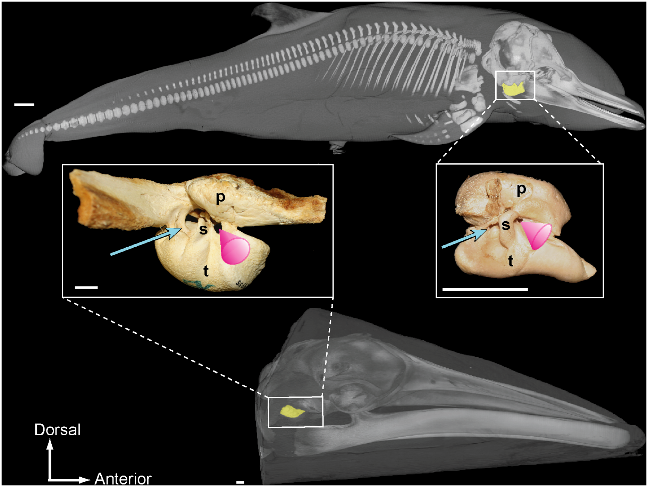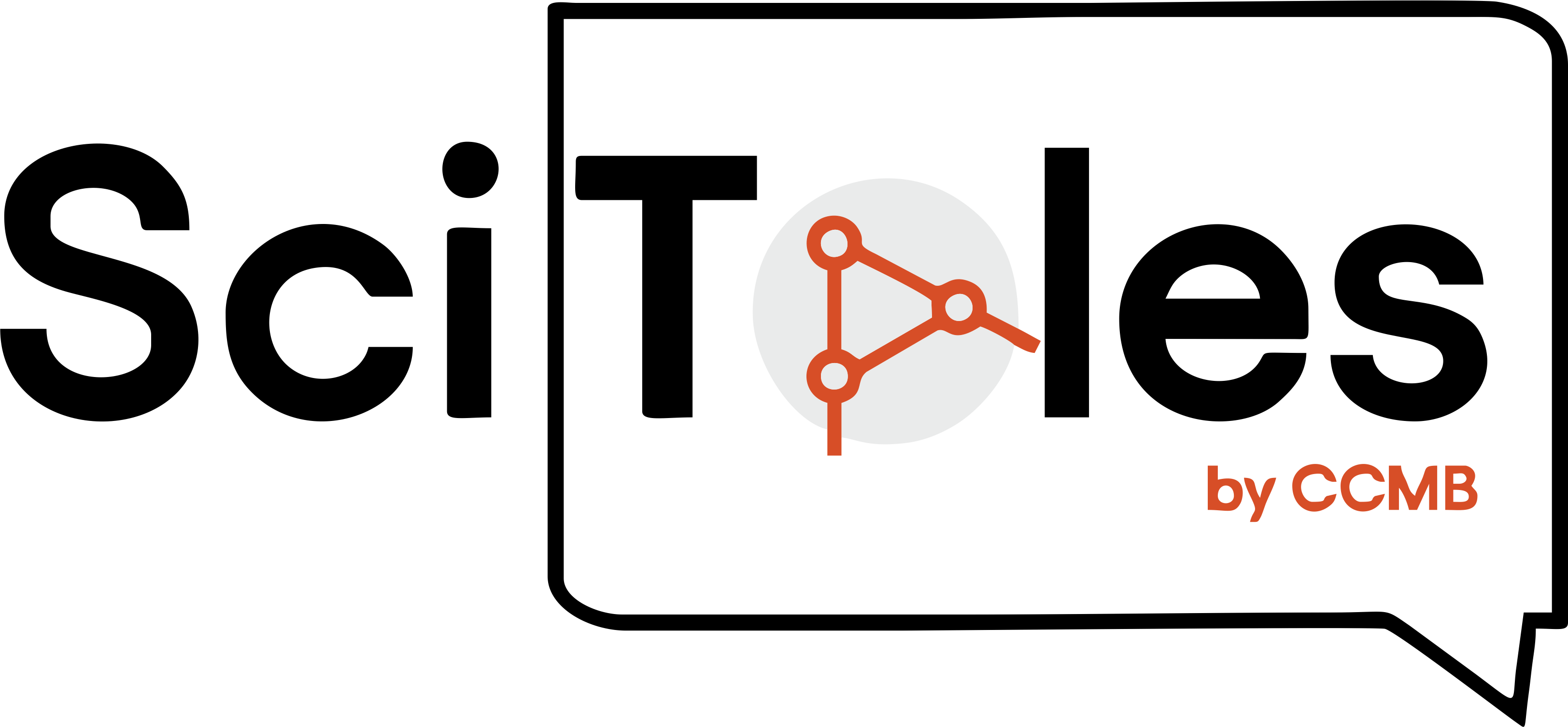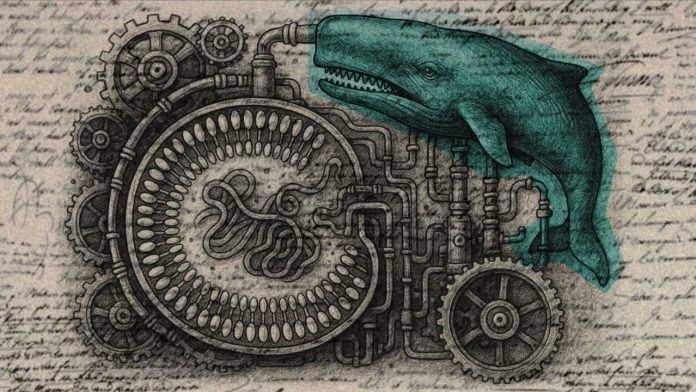Any machinery with the best of the designed parts will be damaged due to wear and tear over time. Gears catch, joints stiffen and engines stall unless they are lubricated with oil or grease. It is easy to forget that life, too, needed lubrication to get started.
In the early history of life, long before genes and proteins took centre stage, lipids may have quietly shaped the very possibility of living systems. Certain oily molecules, when placed in water, naturally arrange themselves into bubbles and sheets, forming compartments that can trap other substances inside. These self-organising structures are simple but effective. They offer one of the earliest known solutions to the problem of containment. Life needs a way to keep its chemistry separate from the world outside. Without that, even the most favourable beginnings would simply dissolve away.
As life evolved, lipids remained central to its workings. But the kinds of lipids that living things use are not all the same. One of the deepest differences among organisms lies in how their cell boundaries are built. Archaea, bacteria and eukaryotes all use lipids, which have a water loving hydrophilic head and a water repelling hydrophobic tail, to form a protective layer around themselves. However, archaeal membranes use chains which are often branched and cyclised while bacteria and eukaryotes use straight chain fatty acids. These differences may seem trivial but they come from distinct biosynthetic pathways what cannot be easily switched.

These differences go all the way down to the enzymes involved and the raw materials they use. We believe the last universal common ancestor of all life had a kind of mixed membrane, containing both types of lipids, and over time, different groups specialised in one or the other. Interestingly, even though the cells of animals and plants are more closely related to those of archaea, they use the same kind of lipids as bacteria. This is likely because the ancestors of complex cells once absorbed a bacterial partner that provided not just energy but also an extra recipe for building its membranes.
Lipids, though, do much more than form membranes. Over time, they evolved into an astonishing variety of roles. Some became reservoirs of stored energy. Others took on signalling duties, helping cells talk to each other or respond to their environment. In animals, lipids became part of thermoregulation, sensory adaptation and waterproofing. In toothed whales, they took on a particularly striking function called sound shaping. These whales use echolocation to navigate and hunt, and they rely on a region of specialised cranial fat to focus and transmit their clicks. This acoustic fat is made from unusual lipids, waxy and branched, layered precisely to conduct sound. Understanding how these lipids work, or how they evolved, remains difficult. These molecules sit in tissues that are hard to access, and their functions depend on subtle physical interactions with each other that are only just beginning to be mapped.
Other animals show different innovations. Reptiles and birds, for example, have thick skin that protects them from water loss. This skin contains special lipids that form a kind of barrier. These adaptations allowed their ancestors to move away from water and into drier habitats. Some of these molecules were once thought to be unique to mammals, but are now known to appear in crocodilians and other reptiles as well. Still, these molecules do not fossilize, so piecing together their history means working backwards from what we find in modern species.
Plants, meanwhile, adapted differently. Instead of embedding fats within layers of skin, they developed a waxy surface coating made from very long-chain molecules, often even longer than those found in animals. While animal skin lipids typically have chains of around sixteen to twenty-four carbon atoms, plant surface lipids can extend beyond thirty, creating a dense, water-resistant layer that protects them from drying out.
Some algae and simple land plants make compounds that resemble the ones animals use in brain signalling, even though plants do not have the same kinds of receptors as animals do in their brains. In plants, these compounds appear when cells are under stress, and they have been linked to processes like injury response and growth regulation. The fact that they appear in very different groups of organisms suggests that in addition to them being present in a common ancestor, similar evolutionary needs in later species also led to similar solutions.
Still, despite the complexity, some patterns are clear. Across all life, lipids have been shaped by the pressures of the environment. Whether for surviving heat, resisting dryness, storing energy, communicating with other cells or navigating the deep sea, lipids have taken on new roles again and again. They are not just parts of the cell wall. They are flexible, adaptable molecules that keep changing with the needs of the organism.
What began as a simple oily film in the waters of early Earth has become one of the most versatile tools in biology. They may be harder to study than genes or proteins, but they carry a long and varied history written in the language of chemistry and shaped by the needs of survival. From archaea in hot springs to birds in dry forests and whales in the deep sea, lipids continue to evolve alongside life itself. It is perhaps not wrong to say that evolution is smooth, like a well-oiled machine.


